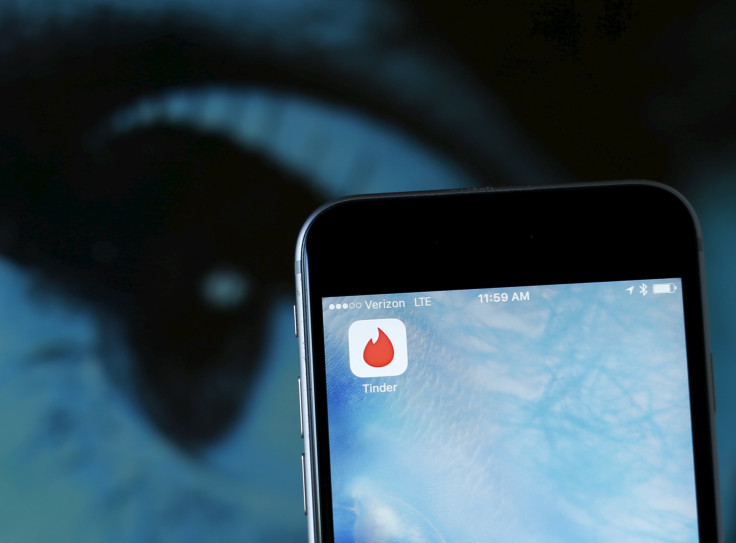Tinder Inc. Forced To Change Customer Data Usage By Norwegian Government: Reports

UPDATE 5:49 AM EST:
The Norwegian consumer Ombudsman, Elizabeth Lier Haugseth, issued a formal statement on the matter Thursday.
“It must always be possible for consumers to understand what they are actually agreeing to when they download an app. We are pleased that Tinder has now decided to make its terms and conditions more concise and clear. It is now easier for consumers to familiarise themselves with the conditions they accept when they start using the app,” she said.
Matt David, head of communications and marketing at Tinder said Monday,” As a global platform, we work to adhere to the laws and regulations within each of our markets while striving to provide the best experience possible - from the moment users agree to our terms and conditions to when they form a meaningful connection that wouldn't have been possible without Tinder. We worked closely with the Norwegian Consumer Ombudsman to find a solution through a collaborative partnership. This positive outcome demonstrates our commitment to our users and resulted in improvements to Tinder's terms worldwide.”
Tinder Wednesday told International Business Times “Tinder has worked on the addressed issues in conjunction with the Council to enforce satisfactory alterations to its user T&Cs. This has also set a precedent for user T&Cs by other digital players to be re-evaluated.”
Original story:
Most apps and software nowadays ask you to agree to their terms and conditions, before you are allowed to use them. Generally, people do not bother to read these end-user license agreements and simply click on the ‘agree’ option and use the app or software.
The Norwegian government actually read the end-user agreement of the popular dating app Tinder and was troubled by the kind of freedom it provided the company to use the customer data.
Read: How Does Tinder Social Work?
Fortune reported on March 3 that Norway’s Consumer Council had objected to how the terms of the agreement gave Tinder sweeping ownership and control over user data and how it allowed Tinder to change the terms and conditions anytime and even delete customer accounts without issuing a notification.
On Thursday, Norwegian business newspaper Dagens Næringsliv reported that Tinder had actually agreed to the changes proposed by the Consumer Council, which would change the way it does business in the country.
"As a global platform, we work to adhere to the laws and regulations within each of our markets while striving to provide the best experience possible. We worked closely with the Norwegian Consumer Ombudsman to find a solution through a collaborative partnership. The positive outcome demonstrates our commitment to our users and resulted in improvements to Tinder's terms worldwide," a Tinder executive told Engadget Thursday.
The changes include:
- Special Norwegian conditions for Norwegian consumers
- Easy-to-understand and shorter terms and conditions
- A summary of short-form terms used
- Application of Norwegian and European protection rules
- Timely notification of changes to agreed upon terms
- User-generated items to be deleted only when an account is terminated
Dagens Næringsliv’s report further added that the country is aimed to implement similar changes to the functioning of Facebook, Google+ and Twitter. Whether or not the changes would be implemented globally is not yet known.
The situation seems exactly opposite to what’s going on in the United States. On March 23, the U.S. senate removed Obama administration restrictions designed to stop internet service providers from selling your private data.
Read: Senate Votes To Allow ISPs To Collect, Sell User Data
Customers generally sign off their permissions to the use of their data, when they agree to the terms and conditions listed in end-user license agreements. While it doesn’t sound ethical, that is the way most apps and software work nowadays. It then becomes governments’ responsibility to oversee how the data is used. The clear difference between how the Norwegian and U.S. governments protect their citizens’ data is clearly evident from this instance.
© Copyright IBTimes 2024. All rights reserved.





















